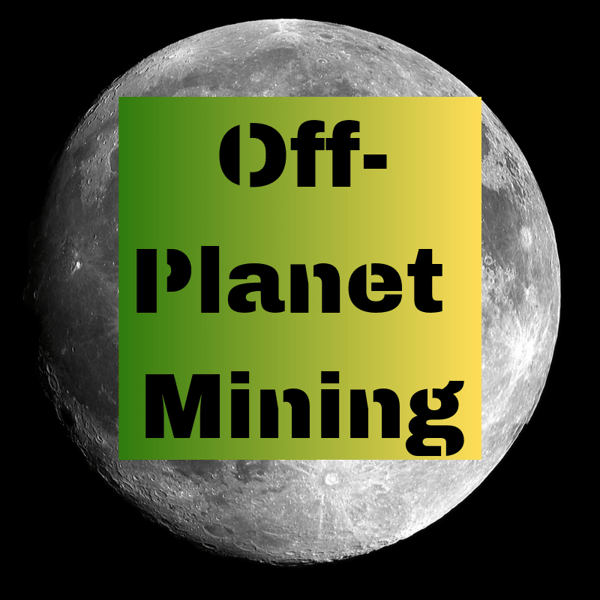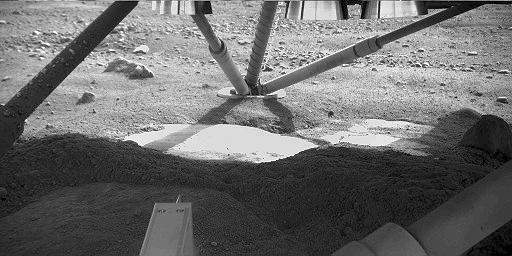While the idea of off-planet mining may seem to belong in a science fiction novel, there have been serious discussions about the idea. There have been studies into the economic feasibility of moon mining and NASA is interested in the design of excavators designed for use off-planet -- and Colorado School of Mines has a Space Mining program!

Here are a few other Shop Talk blog posts you might find interesting ...
What Would We Mine?
Discussions of off-planet mining seem to focus on regolith (a layer of loose soil, dust, or broken rock that covers solid rock) either to provide access to the rock below are as a potential resource of its own. Regolith layers can be range in depth from about 15’ to over 30’ deep -- in other words, we are not talking about a thin layer of “moon dust.”
Early stages of mining would focus on providing raw materials for off-planet industrial infrastructure. Others have put forward the possibility of mining the regolith itself for key elements such as Helium 3. There is also ice and water on the moon which could be potentially processed to generate rocket fuel and oxygen.
What Type of Equipment Would We Use?
Moving regolith for processing (or to expose the layers of rock beneath) would no doubt involve excavators, hydraulic shovels, bulldozers, and haulers. The same would be true if the plan for obtaining off-planet resources involved strip-mining. Some researchers have suggested that front-end loaders could be replaced with a bucket and reel system (aka, flail or slusher) because °of the powdery texture of regolith. However, those excavators and bulldozers may end up bearing very little resemblance to what we are used to seeing.
Issues With Off-Planet Mining
There are issues to mining on a surface that is subject to less gravity than what we are accustomed to. For example, excavating and transporting materials would require a different scale of counterweight because the same volume of material would not weigh the same.
If hydraulics are used, there may be some interesting technical issues due to a different atmospheric pressure. On the moon, there is essentially no atmospheric pressure because there is minimal atmosphere. The atmospheric pressure actually measures 3 x 10-15 bar.
There will also be significant fluctuations in temperature over the course of 24 hours on off-planet surfaces. For example, temperatures on the moon’s surface can be anywhere from -280°F up to 212°F. This could make it challenging to maintain tolerances, ensure tight seals, and keep bearings form seizing. Then there would be the issues of finding lubricants that can maintain the proper viscosity throughout a typical workday.
While completely different technology might be implemented, there could be a reluctance to try something radically new because it is unproven. Initial attempts of off-planet mining may involve modifications of earth-based systems simply because they are well-established in terms of productivity and efficiency.
Conclusion
While off-planet mining may not be a job you’ll have in the near future, there’s a good chance that your kids or grandkids may be involved in this type of work. Now whether those machines would use the kind of final drives we work is another matter entirely ...


